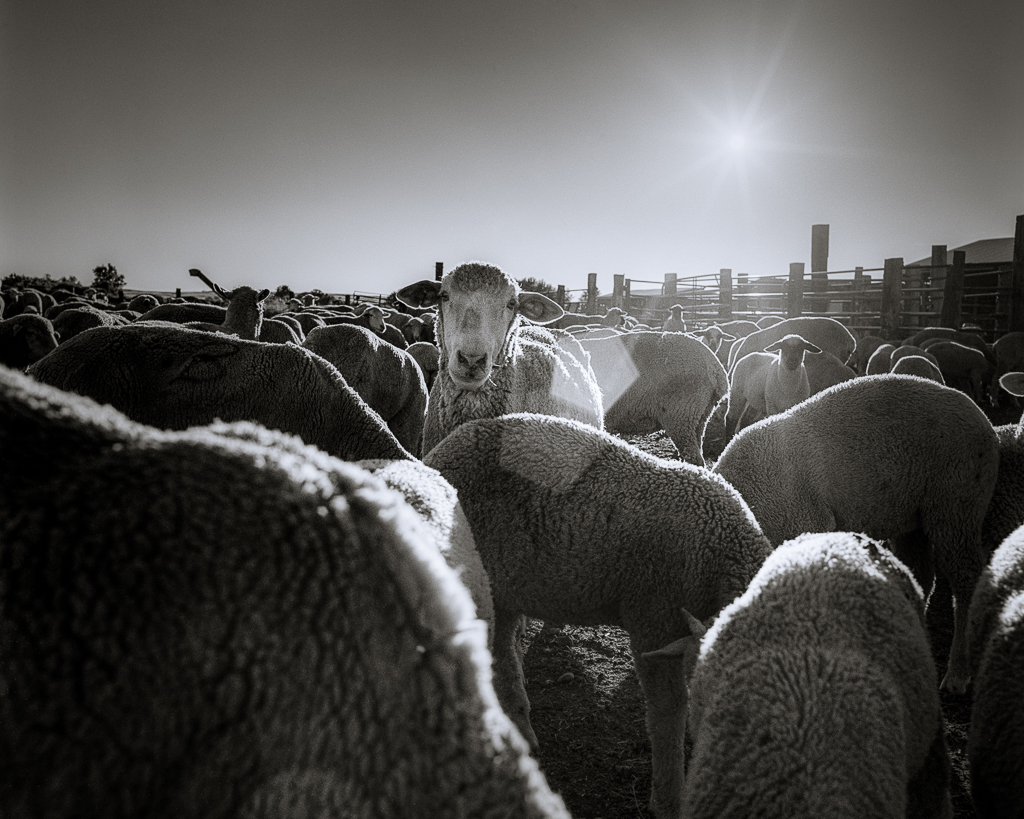I would tend to disagree here and there. Meters, like auto-focus are not infallible. I have had failures with both simply because I failed to take into account rather simple basics. That the camera auto-focuses on the wrong item in the scene is the fault of the operator, not the camera. That the scene is under/over-exposed because the operator foolishly believed whatever metering device he or she was using resulting in blobby dark (shaded) areas and blown highlights in the light areas is again the fault of the operator, not the camera. A good photographer learns to compose to either avoid certain things in a scene or, adjusts the exposure based on experience to eliminate or minimize these things in the first place. The photographer sees a scene in a certain way, knows what is intended and uses the camera to MAKE the photograph.
Unfortunately I have not learned to dodge & burn in photoshop. I've looked into HDR but that is another medium I've yet to explore. I much prefer to make the photograph when I take it. I'm also silly enough to take a DSLR, put it on manual and hang my favorite Luna pro around my neck for a morning of playing lets guess exposure. Practice actually works! Sunny 16 still seems to work...too!!!
 Originally posted by Imageman
Originally posted by Imageman 
Meters are not infallible, they give a reasonable approximation of good exposure intended for snapshots on holiday, so you successfully record the scene. That's all.
Autofocus is another rubbish add on that means you have an image that your granny likes and can see with her myopic vision without all the effort of turning a ring on the lens.
Now that the camera is doing all the work and all we have to do is point it we don't have to bother with much, the camera is the real photographer not the guy holding it.
If the shot is out of focus, blame the camera, if the image is underexposed, blame the camera.
Whats the next innovation, a robot sled that means the camera can go out on its own and take all the shots, while we watch the football on tv.
That's the ideal isn't it total automated image making, and all we have to do is photoshop whatever comes back, clone out the dumpster and the cat and maybe add a unicorn.
Or maybe we could recognise that autofocus is garbage, it front focuses or rear focuses or focuses on what we don't want. And the meter messes up, metering the wrong area, and assumes the wrong brightness because its dumb.
Why do almost all the images I see littering photo sites and the web look the same, all are averagely sharp and exposed averagely, they have been taken by the camera on auto everything. Theres no artistry. The only differences are what the camera has been pointed at.
Maybe we think about light, think about the zone system, think about using the histogram, maybe we manipulate the light to achieve something spectacular.
The photographer should be the one who focuses and decides on exposure settings using the meter to guide them, it should never be left to the camera. (unless your in a niche area such as sports, or wildlife, or street}.
Put the artistry back.


 Similar Threads
Similar Threads 






 I can post examples if anyone is interested.
I can post examples if anyone is interested.





















